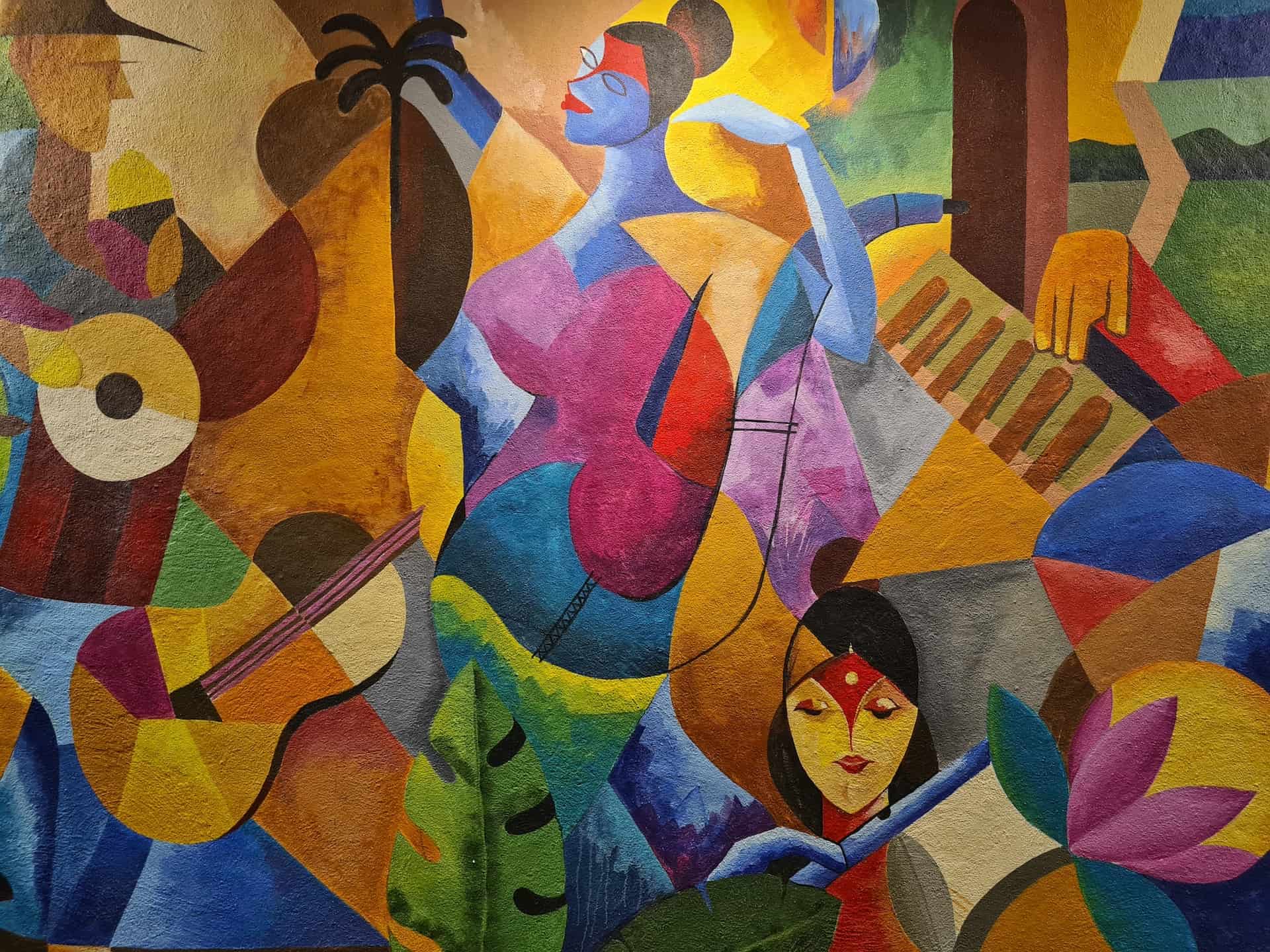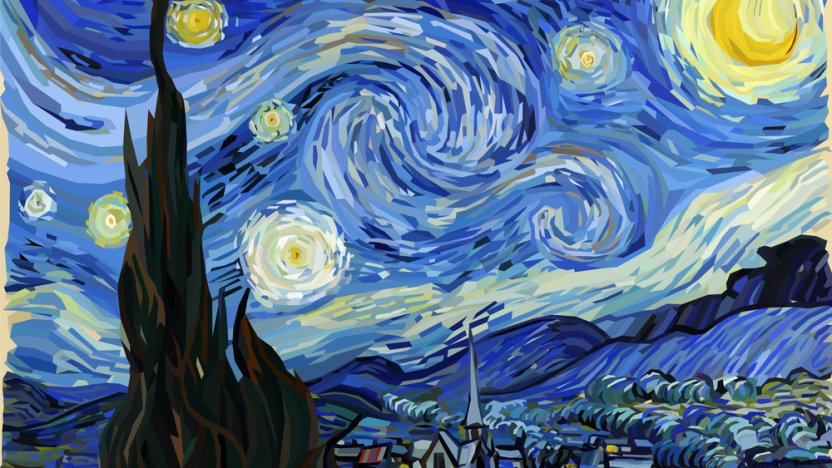Recognizing the Significance Behind Noteworthy Trump Art Creations
Recognizing the Significance Behind Noteworthy Trump Art Creations
Blog Article
Starting an Aesthetic Trip Via the Lyrical Interpretations of Nature in Stylist Landscapes
In the realm of art background, the Impressionist activity stands apart as a crucial period that reinvented the method nature was shown on canvas. Musicians such as Claude Monet, Camille Pissarro, Edgar Degas, Berthe Morisot, and Vincent Van Gogh recorded the essence of the environment via their distinct analyses, developing landscapes that transcend simple aesthetic representation. Each brushstroke, each play of light and shadow, and each color selection in their jobs talks quantities regarding the artists' deep connection to nature and their ability to convert its appeal onto the canvas. As we discover the lyrical analyses of nature in Stylist landscapes, we are invited to immerse ourselves in a globe where truth and emotion intertwine, supplying a glance right into the artists' profound gratitude for the environment.
The Captivating Brushstrokes of Claude Monet
Claude Monet's proficiency of brushstrokes transcends plain strategy, imbuing his landscapes with a heavenly quality that enthralls and captivates visitors - trump art. His innovative usage of shade and light, integrated with his distinct brushwork, creates a feeling of movement and life within his paints. Monet's prominent collection of jobs portraying water lilies and his renowned haystacks display his ability to capture the fleeting results of light and atmosphere

Enjoying Light and Darkness With Camille Pissarro
Embodying a comparable respect for the interplay of light and shadow, Camille Pissarro's imaginative vision unfolds as a harmonious expedition of the natural world's luminescent subtleties. Pissarro, a crucial figure in the Impressionist motion, masterfully recorded the vibrant relationship between light and darkness in his landscapes. His adept usage of color and brushwork enabled him to share the subtle shifts in light that define various times of day and seasons.
Pissarro's paints usually feature spotted sunshine infiltrating fallen leaves, casting intricate patterns of light and darkness on the planet below. In works such as "Hoar Frost, the Impact of Snow, Pontoise," Pissarro skillfully shows the crisp brightness of winter season sunshine compared with the amazing darkness that specify the snowy landscape. By embracing both light and shadow in his structures, Pissarro welcomes viewers to immerse themselves in the natural beauty and transient impacts of light on the planet around them.

Through Pissarro's works, we are advised of the transformative power of light and darkness, welcoming us to stop and value the short lived minutes of beauty present in the everyday landscapes that surround us.
A Harmony of Color Styles by Edgar Degas
Edgar Degas manages a lively harmony of shades in his masterful artworks, infusing his compositions with a dynamic interplay of hues that captivate the viewer's gaze. Known primarily for his ballet professional dancers and intimate scenes of Parisian life, Degas adeptly manipulated colors to communicate mood and motion in his paints. trump art. His usage of strong, different colors and subtle tonal variants created a feeling of deepness and vibrancy within his works
Degas' shade scheme frequently included abundant blues, deep eco-friendlies, and warm oranges, which he used with positive brushstrokes to catch the essence of his topics. Whether depicting a ballerina mid-performance or a group of pals speaking at a cafe, Degas' shades not only depicted the scene yet additionally evoked a sense of feeling and energy.
Furthermore, Degas' trial and error with light and shadow added an added layer of complexity to his shade structures, improving the overall ambience of his paintings (trump art). Through his experienced control of shade, Degas produced an aesthetic symphony that remains to resonate with audiences today
Exploring Nature's Tranquility With Berthe Morisot
Berthe Morisot's creative vision supplies a calm departure from the vivid shade harmonies of Edgar Degas, as she captures the peace of nature in her evocative landscapes. Recognized for her delicate brushwork and intimate portrayals of day-to-day life, Morisot's landscapes show a sense of tranquility and harmony.
Morisot's paintings often feature soft, low-key tones that communicate a feeling of calmness and peacefulness. Her jobs, such as "The Cradle" and "Summer's Day," display her ability to catch the refined charm of nature in a means that is both contemplative and calming to the visitor.
Unlike a few of her Stylist counterparts who concentrated on vibrant compositions and vibrant shades, Morisot liked to develop gentle, introspective scenes that welcome the visitor to show and stop. Via her masterful use light and shadow, Morisot produces a feeling of peace that reverberates with the viewer on a deep emotional level.
The Emotional Landscapes of Vincent Van Gogh
Vincent Van Gogh's landscapes clearly communicate a deepness of feeling with their vibrant brushwork and meaningful use shade. The Dutch post-impressionist musician is renowned for his capacity to capture raw and extreme emotions in his paintings, going beyond typical representations of nature. Van Gogh's troubled individual life, noted by psychological wellness battles, greatly influenced his art, instilling his landscapes with a feeling of worry, moody, or liveliness.
In jobs such as "Starry Evening" and "Wheatfield with Crows," Van Gogh's swirling brushstrokes and lively color options evoke a profound emotional action from visitors. The unstable skies and upset landscapes in his paintings reflect his internal chaos and psychological disturbance, inviting audiences to dig into the complexities of his subconscious.
Van Gogh's one-of-a-kind aesthetic more helpful hints language, identified by exaggerated point of views and bold use of shade, develops landscapes that resonate with audiences on a deeply emotional degree. Via his art, Van Gogh invites us to see nature not just as an exterior truth yet as a mirror of our innermost sensations and emotions.
Conclusion
In see this page verdict, the impressionist landscapes of artists such as Claude Monet, Camille Pissarro, Edgar Degas, Berthe Morisot, and Vincent Van Gogh provide a unique and exciting visual interpretation of nature. With their use of brushstrokes, light, shade, and feeling, these artists have created a harmony of pictures that evoke a feeling of peacefulness and appeal in the environment. Their works remain to inspire and charm visitors with their lyrical analyses of the landscapes around us.
Each brushstroke, each play of light and darkness, and site here each color option in their jobs speaks volumes regarding the artists' deep connection to nature and their ability to translate its charm onto the canvas. His innovative usage of shade and light, incorporated with his unique brushwork, develops a sense of motion and life within his paints. His skilled usage of color and brushwork enabled him to communicate the refined changes in light that define various times of day and periods.

Report this page